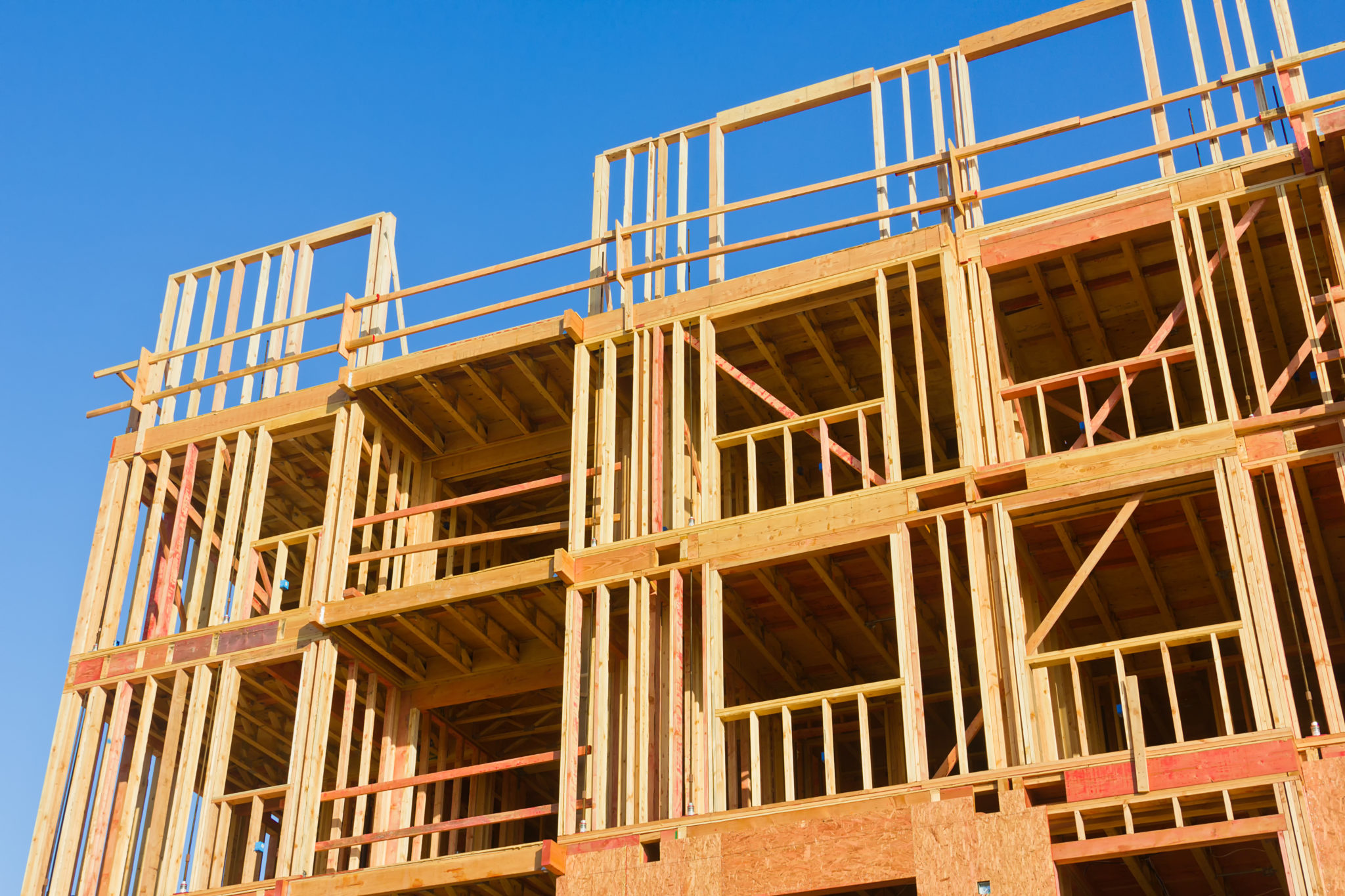Build Safe Live Safe | The Building Safety Bill: meet the duty holders
Published on 3rd November 2021
Enhanced and new roles will create challenges for those involved in the development and management of multi-residential property

The Building Safety Bill (BSB) defines certain roles with duties that must be discharged. These can be individuals or organisations that have particular statutory obligations in relation to the safety of a building throughout all stages of its lifecycle. A failure to comply with these obligations can result in criminal sanctions.
Who are the duty holders?
The BSB builds on some existing duty holders as set out under the main construction safety regulations, the Construction (Design and Management) Regulations 2015 CDM), but also creates some entirely new roles.
There are an enhanced scope of obligations for the existing role of client, principal designer and principal contractor.
In addition to the usual obligations to appoint competent designers and contractors, the requirements on the client (the individual or organisation receiving the benefit of the work) include developing and maintaining the information about the building through the design and construction process. This is the "golden thread" and is likely to be a much more detailed collation of information than currently exists, for instance, in health and safety files and operations and maintenance materials. The focus will be much wider dealing with issues such as fire safety, structural safety and access.
The client will also have to establish reporting processes to support a mandatory occurrence reporting regime under the BSB back to the Building Safety Regulator (BSR). This will not be as arm's length as, perhaps, CDM has in practice allowed.
For the principal designer, the main difference is that the BSB requires more of their involvement throughout the project rather than just at the planning stage. The requirement to sign off with the principal contractor on completion that the building is compliant necessitates this. Also it is likely that, as the BSR looks at the safety case being presented, further questions will need to go back to the designer.
The principal contractor will have to significantly contribute to handover of the golden thread of information to the accountable person one of the new roles created, it will have to provide a record of how the building has been constructed and evidence that is built to design.
All these duty holders will need to have a closer interaction – and at an early stage – and receive a significant input of fire safety expertise; for example, how is fire stopping incorporated and what effect will any changes to the design have on it?
As well as enhancing these existing roles as defined under CDM, the BSB creates two new roles of accountable person and building safety manager.
Every occupied building in scope of the new regime will have an accountable person. The role will include conducting an assessment of building safety risks, taking proportionate steps to reduce and manage risks, summarising these in a safety case report for the building, and storing information in the golden thread. The accountable person will also need to establish a residents’ engagement strategy and complaints procedure.
The accountable person will also be responsible for providing a safety case report, which demonstrates how building safety risks are being identified, mitigated and managed on an ongoing basis. Where there are two or more accountable persons for a building, one of them will be assigned as the principal accountable person, with overall responsibility for meeting the statutory duties introduced through the Building Safety Bill for the whole building.
The change between drafts of the BSB of the description of the accountable person's responsibilities is a good example of the general direction travel which is to significantly ramp up the obligations on building owners. Previously, the accountable person had to take all reasonable steps to prevent a “major incident occurring”. This has been replaced by the requirement to take “reasonable steps to prevent a building safety risk from materialising”. So the requirement has moved from major incident to a building safety risk, which could be very low level provided there is some material risk to safety.
The accountable person must also appoint a competent, named building safety manager to assist in the management and oversight of all systems and processes for meeting those obligations. The overriding function of the building safety manager is to manage the building in accordance with the safety case. In fact their role is likely to be quite broad as it will also have to encompass a significant amount of resident engagement, they will be the link between residents and the accountable person.
Who will perform these new roles?
An accountable person could be an individual such as a building owner, but they are more likely to be a corporate entity, such as a management company or managing agent, that takes on the role across a portfolio of properties. However, this will be involved: it requires a high degree of understanding of fire and building safety as well as the particular detail in respect of the building for which they are responsible.
They will need to be responsive to changes within the building, this could be as little as changes to services, such as gas and electricity risers or the installations of telecoms masts. Questions to be addressed will include: How do these affect the current assessment of the building's safety? Is there a new fire risk? Has it changed the exiting compartmentation of the building?
The Building Safety Manager will be key in communicating to the landlord’s board any work that has taken place on the building, ensuring the building is meeting the regulator’s requirements, and – just as crucially – communicating with the building’s residents so that they have a complete picture of the safety of where they live.
It could be an individual or a team, perhaps with a facilities/health and safety background. As the link with residents their role in communicating with them will be essential. A good Building Safety Manager will identify the risk and seek to control them, but in doing so should be alleviating any residents' concerns before they escalate.
One entity could perform both roles a corporate accountable person can nominate itself as Building Safety Manager, the individuals may change but, if it can demonstrate organisational capability, this may be sufficient to prevent repeated notifications to the BSR.
Accountable and Responsible Persons overlap
There is clearly an overlap between these roles, fire safety is a key focus of the BSB and the obligations on each statutory role. As part of the recent consultation into changes to the fire safety order the government will be producing guidance on the overlap and differences between the two roles.
The government's commentary at the moment is that accountable persons and responsible persons will be required to cooperate with one another when fulfilling their duties, the idea being that they deliver a holistic approach to the management of building and fire safety risks in their building. In practice, it may be the same person or organisation if they are sufficiently competent, but it is rarely that straightforward with the complexity modern building ownership and management. Safety management often fails because people or organisations are unclear on their roles and responsibilities, so it will be important to understand who is doing what.
OC comment
These enhanced and also new roles will create challenges for those involved in the development and management of multi-residential property. In particular, there will be a cost of performing these new obligations. Who will bear this cost? Can it be passed on?
The accountable person and building safety manager are onerous jobs and requires a range of skills. There is likely to be a skills gap and lack of competent persons in the market, also with the potential sanctions for breaches how might his affect insurance cover?
It's possible that property agents will upskill to fill this void across a portfolio of properties, but, ultimately, those in control of the building will have to ensure that those they appoint are competent and are armed with the information and resource to discharge their obligations. Errors made by these new duty holders will flow back up the chain.
This Insight accompanies the second video in our Build Safe Live Safe series on issues arising from this major change to building safety regulation. In the next video and Insight in the series, the Building Safety Team will focus on the new roles created by the Bill and how these are likely to be discharged.



